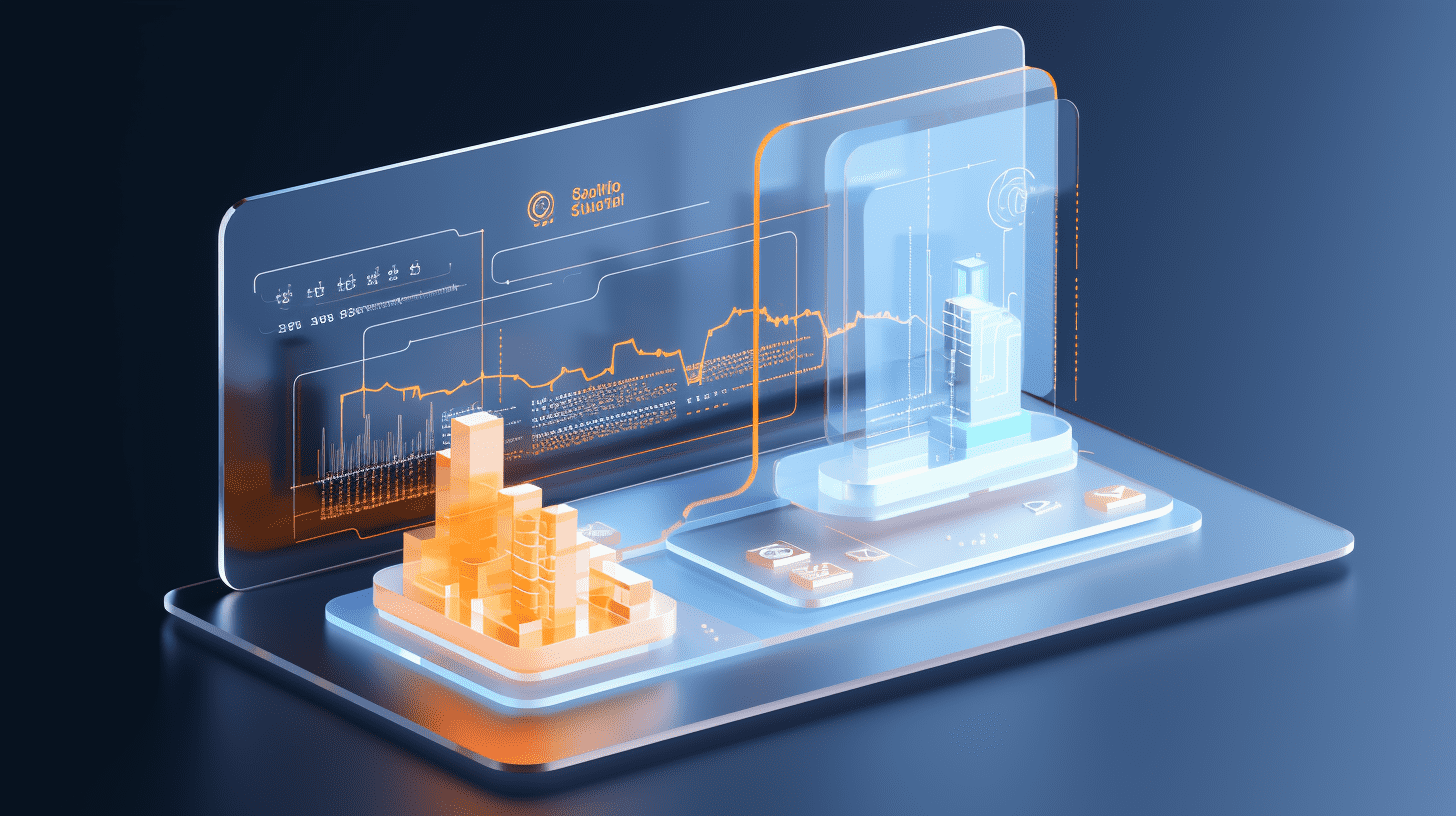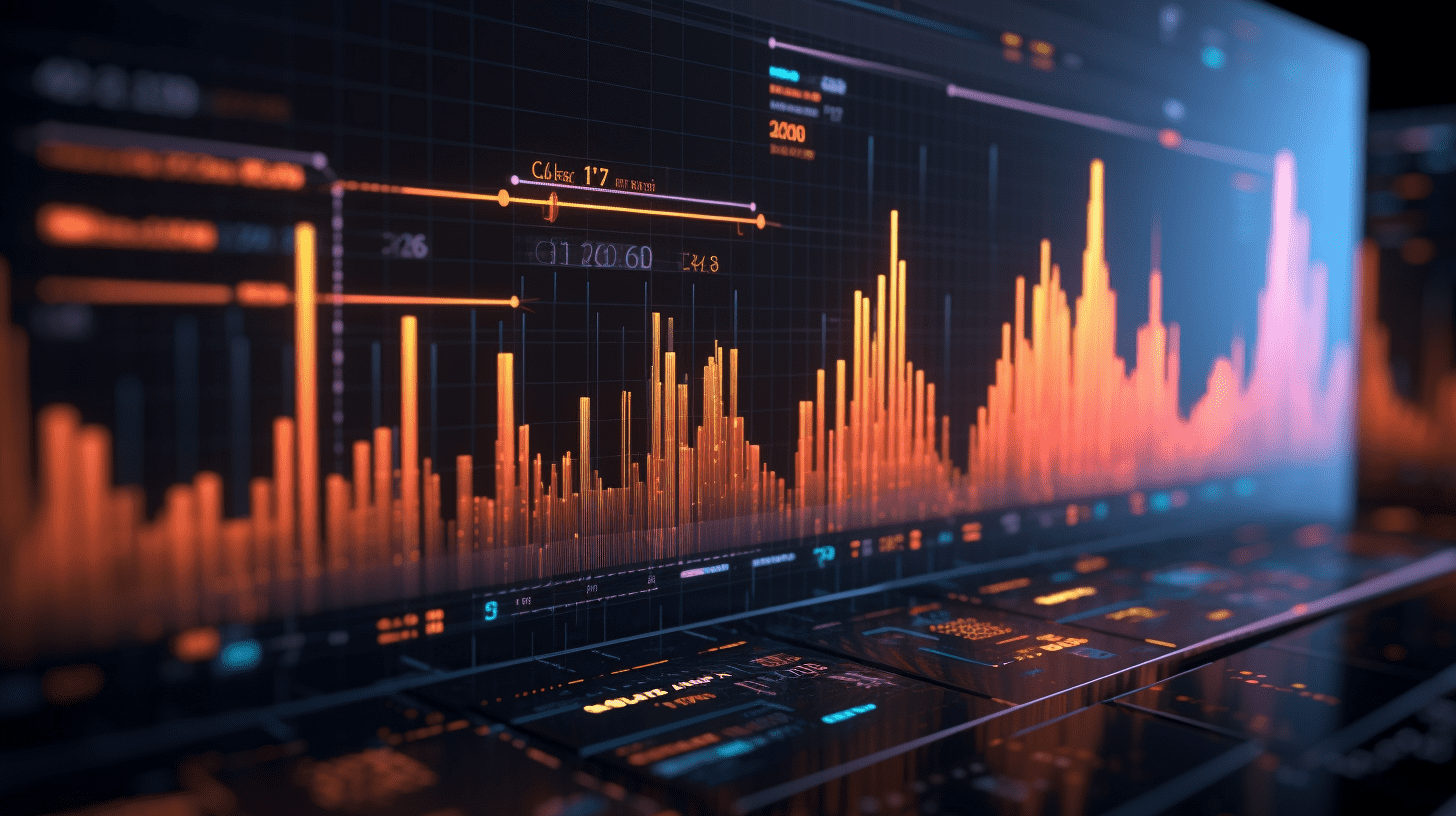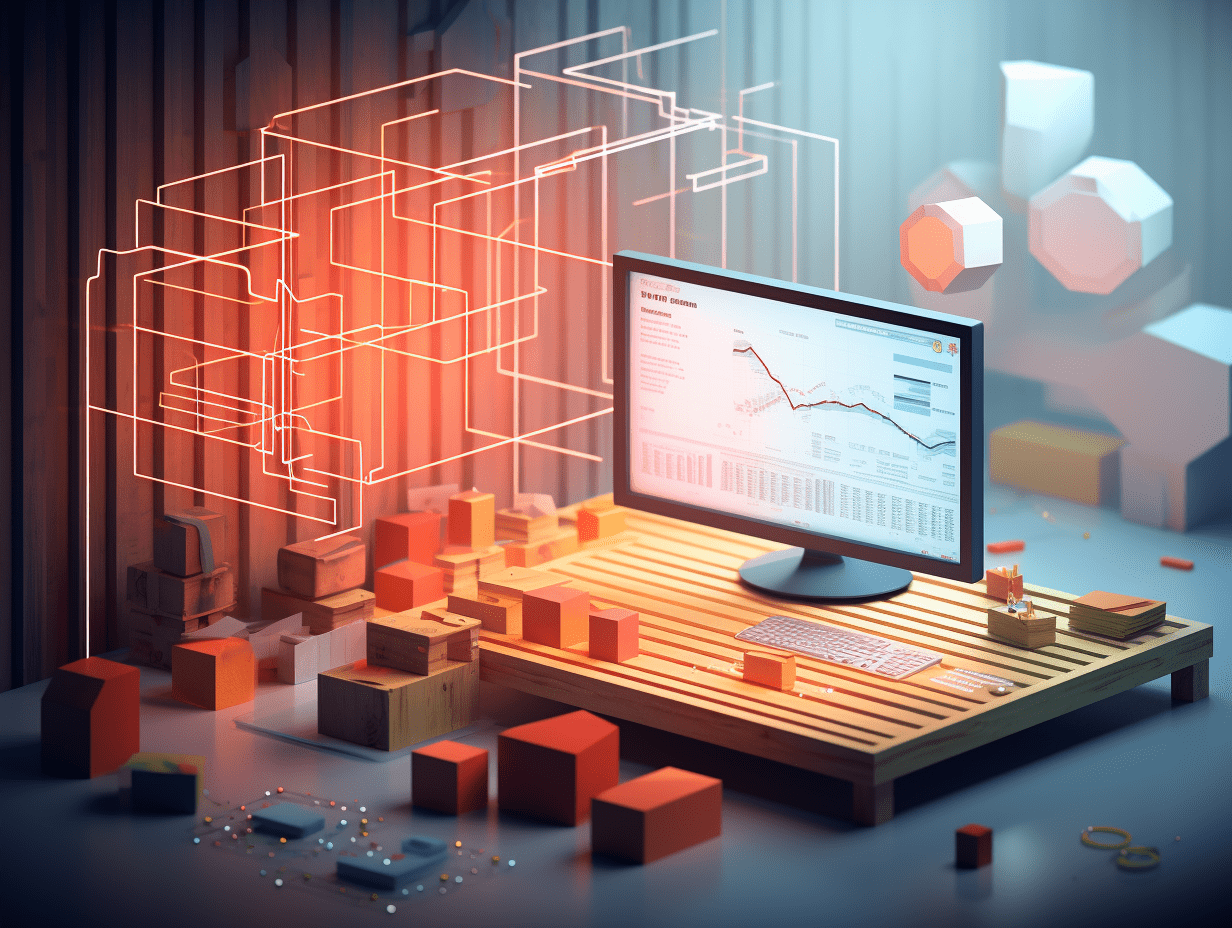
Sinolink: Economic reversal turns upwards, high-pressure and dense iron-lithium barriers are raised.
Sinolink released a research report stating that LFP batteries are moving towards high energy density + fast charging iteration, driving the increase in high-voltage dense LFP production, and the improvement in supply barriers leading to a better industry structure. It is expected that in 2025, there will be a tight supply and demand for high-voltage dense lithium iron, with better prices and profits per ton. Conventional lithium iron is expected to see a supply-demand recovery, with industry profits expected to bottom out and rebound, and market share expected to concentrate on low-cost providers.
Sinolink's main points are as follows:
(1) High-voltage dense lithium iron: Tight supply and demand, better profits per ton, improvement in barriers driving better industry structure.
LFP (lithium iron phosphate) batteries are moving towards high energy density + fast charging iteration, driving LFP towards high-voltage iteration.
High energy density and fast charging are the long-term trends for LFP batteries:
In the power sector, Contemporary Amperex Technology will introduce the Shenghang 4C/Shenghang Plus batteries in 2023/2024, with ranges of 700/1000 km, followed by BYD Company Limited, Sunwoda Electronic, and others.
Energy storage battery density requirements are increasing, with Sunwoda Electronic's 314Ah cells increasing by 12% compared to 280Ah cells. High-performance LFP batteries require higher compactness, with the compactness for power use LFP expected to increase from 2.4-2.55 to above 2.6 g/cm3, while storage compactness requirements are also expected to increase.
It is expected that in 2025, there will be a tight supply and demand for high-voltage dense lithium iron.
High-voltage dense products are defined as LFP positive products with a density of 2.6 g/cm3 or higher. In 2024, Contemporary Amperex Technology's Shenghang batteries will see large-scale production, driving demand for high-voltage dense LFP, with an expected increase in market share in 2025. Meanwhile, BYD Company Limited and other battery manufacturers will see high-performance LFP batteries entering production, driving demand for high-voltage dense LFP. In 2024, the supply of high-voltage dense lithium iron in the industry will mainly come from Fulin Precision, with Hunan Yuneng New Energy Battery Material and other companies expected to expand supply in 2025. The industry's demand and supply in 2025 are expected to be 730,000 and 780,000 tons, respectively, with the overall supply and demand for high-voltage dense lithium iron tight.
Better profits per ton from high-voltage dense lithium iron.
LFP companies mainly earn processing fees, and lithium iron manufacturers have reported multiple rounds of slight price increases since the fourth quarter, mainly driven by the increase in shipments of the new generation of high-voltage dense lithium iron. A compactness of 2.55-2.65 g/cm3 could correspond to an increase of 1,000-3,000 yuan in processing fees. According to Baichuan Yingfu, in terms of power-type lithium iron pricing, the price difference between Jiangxi Shenghua and Hubei Wanrun, both of which produce high-voltage dense products, has increased from -500 yuan in January 2024 to 2500 yuan in mid-December.
The barriers to high-voltage dense LFP have been raised, leading to more concentrated market structure, with Fulin Precision and Hunan Yuneng New Energy Battery Material making progress.
It is expected that companies capable of mass-producing high-voltage dense LFP will be concentrated among the leading companies. Based on:
Leading companies maintaining large shipments to leading customers (Contemporary Amperex Technology, BYD Company Limited) and having a first-mover advantage in technology;
Leading companies have large and stable order volumes, and defects generated during the development of fourth-generation products can still be consumed through orders for second and third-generation products, reducing development costs.
Currently, companies focusing on the production of fourth-generation high-voltage dense LFP are concentrated in Hunan Yuneng New Energy Battery Material, Fulin Precision, Shenzhen Dynanonic, Jiangsu Lopal Tech, Hubei Wanrun New Energy Technology, ANDA TECH, etc. Apart from Hunan Yuneng New Energy Battery Material and Fulin Precision, which have begun mass production, most companies are still in the testing and verification stage. Fulin Precision's market share has increased from 3% in 2023 to 5% in the first half of 2024, with significant results.
(2) Conventional lithium iron: Expected supply-demand recovery, industry profits expected to bottom out and rebound, market share expected to concentrate on low-cost providers.
Secondary firing processes cause production capacity losses, and the operating rate of conventional lithium iron is expected to increase, with accelerated capacity clearing.
Considering the additional capacity in 2025 and the production capacity loss caused by secondary firing (about 30-40%), the production capacity of conventional lithium iron is expected to be 4.47 million and 3.98 million tons in 2024 and 2025, respectively, with demand at 2.08 million and 2.24 million tons, corresponding to operating rates of 46% and 56%, significantly recovering in 2025.
There is a significant differentiation in operating rates within the industry, with leading companies having fuller orders and third-tier companies having low capacity utilization rates. As downstream demand moves towards fast charging and large capacity, industry profits tend to concentrate on leading companies, causing differences in operating rates within the industry to widen and accelerating the closure of lower-end capacity.
Processing fees hit bottom in Q4 2024, lithium carbonate prices stabilize, and industry profits are expected to bottom out and rise.
Starting in 2023, due to significant oversupply, it is expected that industry processing fees will decrease from 35,000 yuan/ton in early 2023 to 14,500 yuan/ton by the end of Q3 2024. Lithium carbonate prices have also dropped significantly, leading to a decrease in industry gross profit margins (mainly due to price changes lagging behind cost changes) and an increase in inventory write-offs. By the end of Q4 2024, processing fees and lithium carbonate prices stabilized, and it is expected that industry profits will bottom out and rise.
Industry is expected to concentrate on low-cost providers.
Hunan Yuneng New Energy Battery Material had market shares of 24%, 32%, and 34% in 2022, 2023, and the first half of 2024, respectively, with the industry CR5 market shares at 50%, 53%, and 53%, respectively. Hunan Yuneng New Energy Battery Material has increased its market share significantly from 3% in 2023 to 5% in the first half of 2024.With cost advantages, the market share of Gy Battery Material continues to expand. In terms of gross profit per ton, the LFP gross profit per ton of Hunan Yuneng New Energy Battery Material/Fulin Precision/Hubei Wanrun New Energy Technology/Shenzhen Dynanonic/Jiangsu Lopal Tech./ANDA TECH in 24H1 is 0.27/0.07/breakeven/-0.1/0.1/-0.38 thousand yuan per ton. The cost advantages in the industry mainly come from:1) The ammonia method has lower costs: the price of extracting phosphorus from ammonium phosphate is lower than that of concentrated sulfuric acid, and the by-product ammonium sulfate has a better selling price. Currently, the cost of preparing iron phosphate by the ammonia method is lower.
2) Lower electricity prices in the southwest region: integrated preparation requires a total electricity demand of about 4000 kWh/ton, and enterprises with major production capacity in the southwest region have lower electricity costs.
3) Upstream integration: The main raw materials for LFP are phosphorus, iron, and lithium sources. The industry mainly integrates phosphorus and lithium sources to reduce costs. For example, Hunan Yuneng New Energy Battery Material is investing in the Huangjiapo phosphorus mine in Guizhou (designed annual capacity of 1.2 million tons of phosphate rock) and the Daishi phosphorus mine (expected annual capacity of 2.5 million tons), aiming to achieve self-supply of phosphorous in the long term through phosphorus source integration. Jiangsu Lopal Tech. is collaborating with Contemporary Amperex Technology to set up a lithium processing and battery recycling plant with a capacity of 40,000 tons, aiming to reduce costs through lithium source integration.
Investment recommendations and valuation
Focus on Hunan Yuneng New Energy Battery Material (LFP with cost advantages, gradual increase in high-pressure density products), Fulin Precision (batch supply of high-pressure density LFP to Contemporary Amperex Technology, turnaround in iron-lithium performance + strong performance in the automotive sector). It is recommended to pay attention to Hubei Wanrun New Energy Technology, Jiangsu Lopal Tech., Shenzhen Dynanonic, Shandong Fengyuan Chemical, ANDA TECH, and other second-tier companies.
Risk warning: Risks of increased market competition and changing demand, risks of fluctuating raw material prices, and risks of major changes in the industry's main technological routes.
HK Stock Market Move | MNSO(09896) is up more than 5%, planning to open 30 new "IP Parks" in 2025.
HK Stock Market Move | High-risk concept stocks in the CRO sector lead the gains, the implementation of the Category B medical insurance catalog is expected this year, and domestic innovative drugs are expected to open up payment space.
RECOMMEND
©️2013 - 2025 GMT EIGHT Holdings. All Rights Reserved.
Contact: contact@gmteight.com


